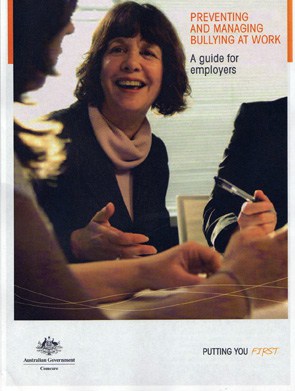The new initiative of Worksafe Victoria, placing CEOs undercover in their own workplaces, is a major change of direction and should produce a considerable amount of attention.
The online campaign, called The Skeleton Project, ostensibly applies the “Undercover Boss” concept to musculoskeletal injuries (MSIs) and workplace safety more generally. Elsewhere SafetyAtWorkBlog has mentioned that the “undercover Boss” concept is a realisation that CEOs and other senior executives have allowed themselves to become out of touch with the real world working environment of their companies or that the corporate management structure pushes executives into isolation however there are many positives in getting “out and about” as the CEOs in the new campaign do.

 SafetyAtWorkBlog was allowed to see a version of the survey results prior to their public release next week but according to the media release of 6 April:
SafetyAtWorkBlog was allowed to see a version of the survey results prior to their public release next week but according to the media release of 6 April: Keith Brown was the CEO of South Australia’s Workcover Corporation earlier this century. He has told InDaily that he lost his position due to a change in the politics of the state and has not been welcome since. (A more personal perspective on Brown was provided by Rosemary McKenzie-Ferguson in a January 2011
Keith Brown was the CEO of South Australia’s Workcover Corporation earlier this century. He has told InDaily that he lost his position due to a change in the politics of the state and has not been welcome since. (A more personal perspective on Brown was provided by Rosemary McKenzie-Ferguson in a January 2011 